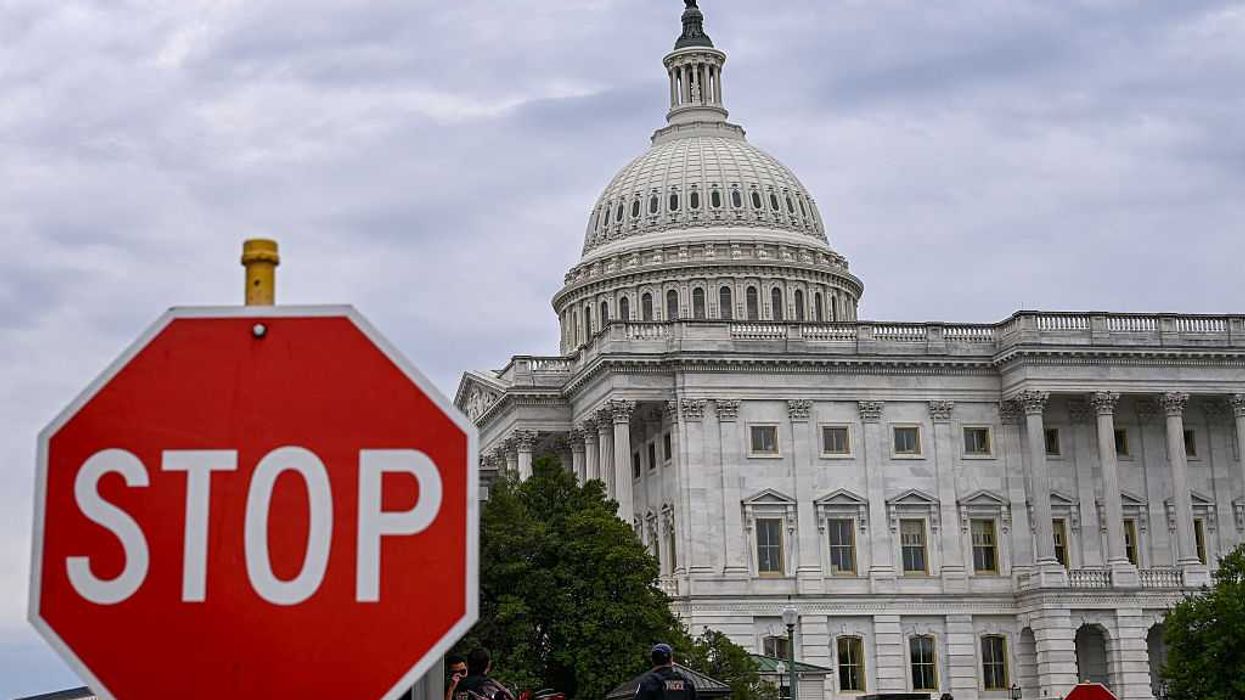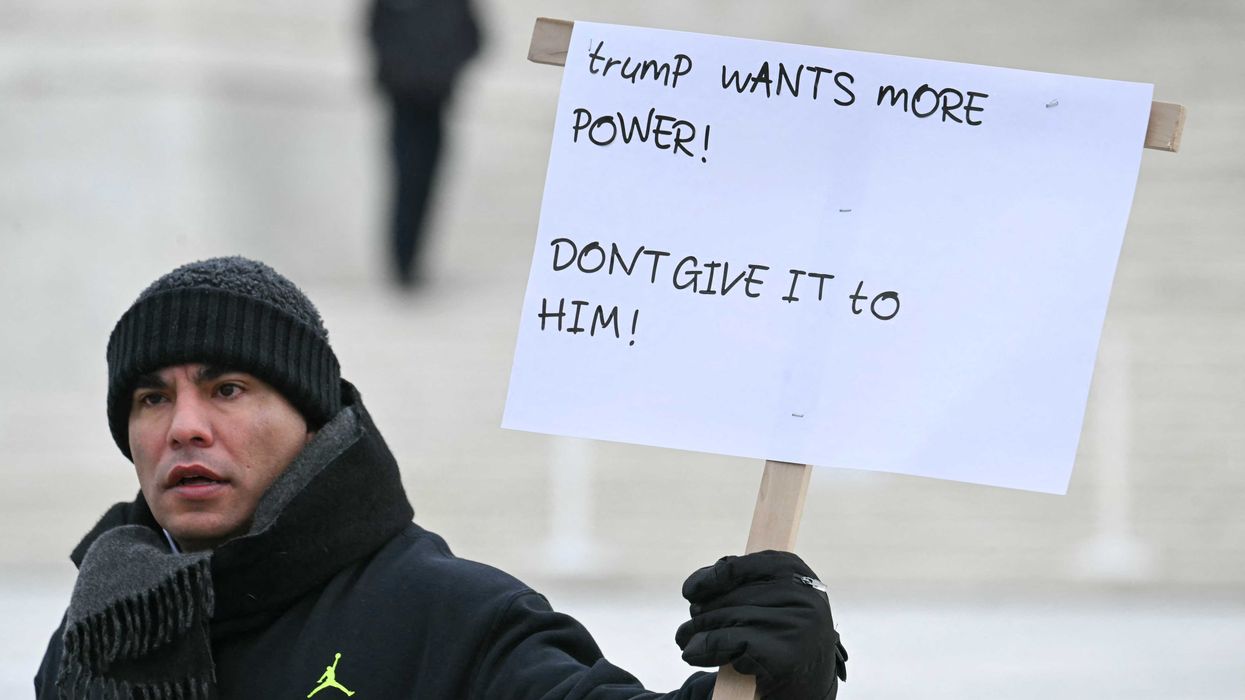Looking for books to get the kids in your life excited about America? Check out these 12 gems, ranging from picture books to early readers --- and ignite their interest.
We the Kids: The Preamble to the Constitution
by David Catrow
A long time ago some smart guys wrote the Preamble to the Constitution. You have probably read it before, but do you know what it means? And did it ever make you laugh? Now it will! Perfect for inspiring discussion in classrooms and around kitchen tables, this fun-filled and cheerfully illustrated look at the Preamble provides an accessible introduction to America's Founding ideals for citizens of all ages.

George Washington and the General’s Dog
by Frank Murphy
Boom! Bang! Guns fire! Cannons roar! This Step 3 History Reader is about George Washington fighting in the American Revolution. He sees a dog lost on the battlefield. Whose dog is it? How will it find its master? Early readers will be surprised to find out what happens in this little-known true story about America’s first president.

The Scrambled States of America
by Laurie Keller
At the first annual "states party," Virginia and Idaho hatch a plan to swap spots so each can see another part of the country. Before the party is over, all the states decide to switch places. In the beginning, every state is happy in its new location. But soon things start to go wrong. Will the states ever unscramble themselves and return to their proper places?
Packed with madcap humor and whimsical illustrations, this quirky story-starring all 50 states-is chock-full of introductory facts and silly antics that will make learning geography as much fun as taking a vacation.

Ben Franklin and the Magic Squares
by Frank Murphy
A funny, entertaining introduction to Ben Franklin and his many inventions, including the story of how he created the "magic square." A magic square is a box of nine numbers arranged so that any line of three numbers adds up to the same number, including on the diagonal! Teachers and kids will love finding out about this popular teaching tool that is still used in elementary schools today!

How to Bake an American Pie
by Karma Wilson
From the bestselling author of Bear Snores On comes a remarkable recipe for America. Including a dash of purple mountain majesties, cupfuls of courage, and a pinch of liberty, this beautifully illustrated combination of ingredients yields an irresistible treat that promises plenty of servings for children everywhere.

Thomas Jefferson’s Feast
by Frank Murphy
Did you know that every time you munch on a french fry or snack on ice cream, you have Thomas Jefferson to thank? It’s true! This Founding Father was one of America’s first foodies. After a visit to France, he introduced all sorts of yummy treats to America—including one that upset more than just tummies and created a culinary controversy! Get the scoop in this deliciously funny, true story.

Train of States
by Peter Sis
Czech-born illustrator Sis celebrates his adopted country with a salute to the 50 states. Inspired by his visit to Wisconsin's Circus World Museum, he presents each state as an elaborately decorated, antique circus wagon, emblazoned with symbolic, often whimsical images. Together, the wagons comprise a train of states with cars ordered the state's admission to the union. A banner at the bottom of each page notes the state capital, tree, flower, and bird, along with a "fun fact" (elk, deer, and antelope outnumber humans in Montana). But it's the wagons with their rococo embellishments and glorious visual factoids that command attention and invite endless, wondering reexamination.

I am George Washington
by Brad Meltzer
George Washington was one of the greatest leaders the world has ever known. He was never afraid to be the first to try something, from exploring the woods around his childhood home to founding a brand new nation, the United States of America. With his faith in the American people and tremendous bravery, he helped win the Revolutionary War and became the country’s first president. Each picture book in this series is a biography of a significant historical figure, told in a simple, conversational, vivacious way, and always focusing on a character trait that makes the person a role model for kids.

Flags Over America
by Cheryl Harness
Every flag tells a story. Whether it’s a scrap of cloth tied to a stick or an elaborate banner, people have used flags to announce themselves, identify their lands, and display their beliefs. Award-winning author and illustrator Cheryl Harness brings to life a picture book history of flags focusing on the United States’ revolutionary beginnings, from liberty poles to the legendary “Star-Spangled Banner” that flew over Fort McHenry in 1814. Includes a glossary of flag terminology and an American flag timeline.

Thomas Jefferson Builds a Library
by Barb Rosenstock
As soon as Thomas Jefferson learned to read, he found his passion: books, books, and more books! Before, during, and after the American Revolution, Jefferson collected thousands of books on hundreds of subjects. In fact, his massive collection eventually helped rebuild the Library of Congress—now the largest library in the world. Barb Rosenstock’s rhythmic words and John O’Brien’s whimsical illustrations capture Jefferson’s passion for the written word as well as little-known details about book collecting. Author and artist worked closely with experts to create the first picture book on Jefferson’s love of reading, writing, and books. An author’s note, bibliography, and source notes for quotations are also included.

House Mouse, Senate House
by Peter W. Barnes
Congress is in session and the Squeaker of the House and the Senate Mouse-jority leader have a big job to do: they have to pass a law designating a national cheese for the United Mice of America. In House Mouse, Senate Mouse, bestselling and award-winning duo Peter and Cheryl Barnes give kids an entertaining and educational look at the legislative process while teaching them the values of hard work and compromise. From drawing up a bill and committee discussions to voting and signing a bill, House Mouse, Senate Mouse teaches children about the Senate, House of Representatives, and the Capitol building.

John, Paul, George and Ben
by Lane Smith
Once there were four lads...John [Hancock], Paul [Revere], George [Washington], and Ben [Franklin]. Oh yes, there was also Tom [Jefferson], but he was annoyingly independent and hardly ever around.
These lads were always getting into trouble for one reason or another. In other words, they took a few...liberties. And to be honest, they were not always appreciated.
This is the story of five little lads before they became five really big Founding Fathers.


 ALEX WROBLEWSKI / Contributor | Getty Images
ALEX WROBLEWSKI / Contributor | Getty Images
 JIM WATSON / Contributor | Getty Images
JIM WATSON / Contributor | Getty Images Joe Raedle / Staff | Getty Images
Joe Raedle / Staff | Getty Images AASHISH KIPHAYET / Contributor | Getty Images
AASHISH KIPHAYET / Contributor | Getty Images